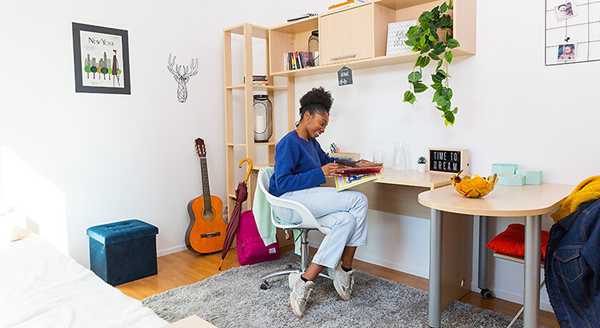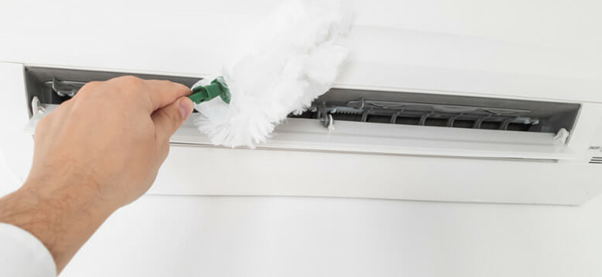If you can’t stop sneezing and coughing while staying at home, your carpet may be a reason. Even if the carpeting can make your space look cozy and comfortable, it can sometimes be dangerous for your health too. It can trap microscopic irritants from the outdoor and indoor environment. So, if you can’t figure out the reason why you suffer from allergic reactions when you are home, consider cleaning your carpets.
The most common allergens your carpet can trap are pollen, pet dander, dust, dust mites, mold, and microscopic insect parts. Sensitivity to any of those irritants can cause contact dermatitis, allergy-induced asthma, or allergic rhinitis. You may experience the following symptoms;
- Coughing
- Trouble breathing
- Sneezing
- Shortness of breath
- Wheezing
- Scratchy, irritated throat
- Itchy, watery eyes
- Feeling of pressure in the chest
- Itchy, running nose
- Hives
- Itchy, red skin
Allergens And Carpet
Even a carpet that is cleaned regularly, it can trap a huge quantity of allergens. However, every carpet type is different.
Long-pile or high-pile carpets consist of loose, long fibers. It helps the mold to grow and allergens to stick.
Short-pile or low-pile carpets consist of shorter, tighter weaves, thereby providing less room for the allergens to hide. This means you can protect yourself from allergic reactions when opting for low-pile carpets.
Allergy and Asthma Foundation of America (AAFA) and the American Lung Association recommend avoiding every type of carpeting in favor of hard flooring and washable rugs. Hard floors can’t offer nooks and crannies for irritants to become trapped in.
Despite this, if you love installing carpets in your home, opting for short-pile carpets could be a better solution.
Allergy To Carpet
Carpets are mainly composed of two parts: a backing layer and the upper pile. Both these layers can trap allergens. Carpet padding is usually made of bonded urethane foam that consists of recycled remnants from furniture, car parts, and mattresses. Therefore, it may contain lots of potential allergens such as styrene and formaldehyde.
In addition, some carpets produce high amounts of VOCs. Those carpets can cause severe allergic reactions. 4-Phenylcyclohexene, for example, is a VOC that is off-gassed by nylon carpeting.
Tips For Allergy-Proofing
Do you want to make your indoor environment allergy-proof? You should do the following things;
- Try to reduce the humidity content in your home to stop the proliferation of mold and mites.
- Vacuum your carpets once a week with a vacuum that consists of a HEPA filter (high-efficiency particulate air).
- Keep your windows closed.
- If having pets in your home, make sure your vacuum is also designed to collect the pet hair.
- Steam clean your carpets every month. But enough circulating air must be there to let your carpet completely dry.
Pollen and dust are the common allergens that can get trapped in the carpet, causing severe allergic conditions to your health. Long fiber carpets such as shag rugs can attract more irritants as compared to carpets with low-pile weaves. So, removing the carpets for allergic patients could be quite beneficial. But still, if you want your place to be more comfortable and cozy, always opt for low-pile carpets.




